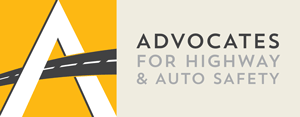FOR IMMEDIATE RELEASE: November 15, 2022
CONTACT: Allison Kennedy / akennedy@saferoads.org / 360-281-7033 (C)
Statement from Cathy Chase, President, Advocates for Highway and Auto Safety (Advocates), On the One Year Anniversary of the Signing of the Infrastructure Investment and Jobs Act
One year ago today, the Infrastructure Investment and Jobs Act (IIJA, Pub. L. 117-58) was signed into law and included several motor vehicle and infrastructure safety advances crucially needed to stem the mounting carnage on our roadways. The timing of this law coincided with a historically high number of people killed in motor vehicle crashes which reached 42,915 last year, according to the U.S. Department of Transportation (DOT). This is a 10.5 percent jump from 2020 and marks the highest number of traffic fatalities since 2005.
Certain key measures in the IIJA direct the DOT to issue imperative safety rules that mandate proven lifesaving technologies as standard equipment on new passenger vehicles and large trucks. When implemented, safety systems to prevent crashes and protect families will no longer be optional equipment requiring consumers to pay extra for these features. Examples include automatic emergency braking (AEB), impaired driving prevention technology, and systems to prevent vehicular heatstroke deaths of young children in a hot car. The law also directs DOT to update and expand consumer information about the safety performance of vehicles in crashes. First created in the U.S. in 1979, the DOT’s New Car Assessment Program, or NCAP, was once a vital source of safety information for new car buyers but has fallen drastically behind the times, is much weaker than other countries’ programs which were originally inspired by the U.S. NCAP, and is in desperate need of upgrading. Additionally, the IIJA provides funding for roadway infrastructure improvements which enhance safety and accessibility for all road users, especially vulnerable road users such as pedestrians and bicyclists. Localities now have access to technical assistance and the funding opportunities to advance upgrades including protected bike lanes, accessible sidewalks, and roundabouts.
A particular tragedy of the upward spiral of motor vehicle deaths is that significant reductions are achievable but have not been accomplished. Available, affordable, and effective solutions are at hand. For instance, studies based on real world experience show that AEB has the potential to reduce half of all front-to-rear car crashes and 41 percent of large truck front-to-rear crashes. The benefits of requiring this technology as standard equipment on all new cars and large trucks are substantial.
Enactment of the IIJA was a critical step towards eliminating the highway death and injury toll. However, meeting statutory deadlines and mandating optimal safety standards are essential to achieving progress and reaching the goals of the National Roadway Safety Strategy put forth by DOT Secretary Pete Buttigieg. Unfortunately, a year later, DOT has yet to implement several of the most pressing vehicle safety provisions in IIJA.
Last year, our neighborhood streets and our nation’s roadways were killing fields with over 115 people dying and thousands more injured in motor vehicle crashes every day of the year. Regrettably, preliminary 2022 crash data show the dangers on our roads persist. It is time to move beyond applauding the IIJA and to focus on completing crucial rulemakings to realize the proven safety benefits.
Advocates for Highway and Auto Safety is an alliance of consumer, medical, public health, law enforcement, and safety groups and insurance companies and agents working together to improve road safety in the U.S. Advocates’ mission is the adoption of federal and state laws, policies and programs that prevent motor vehicle crashes, save lives, reduce injuries, and contain costs.
###

